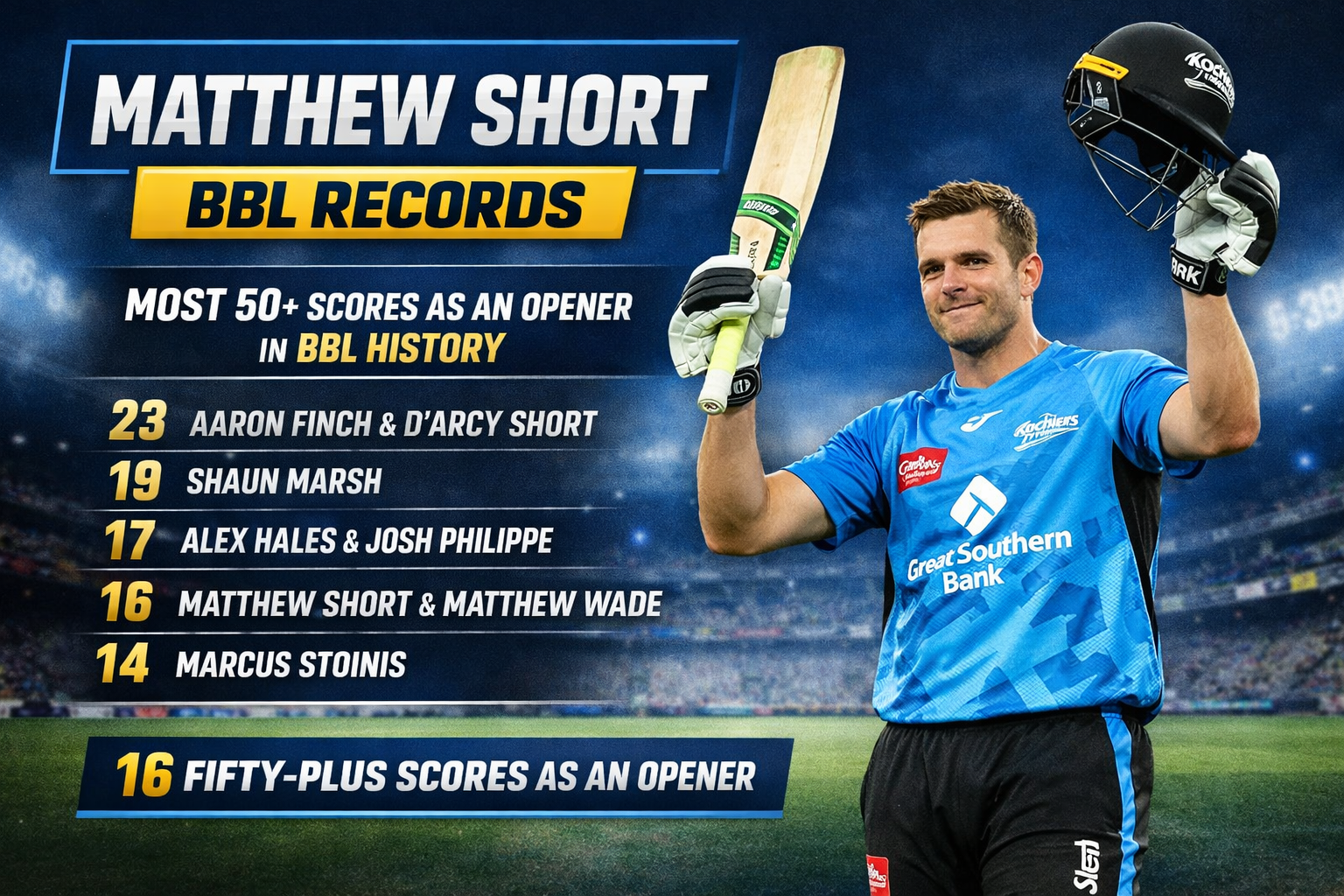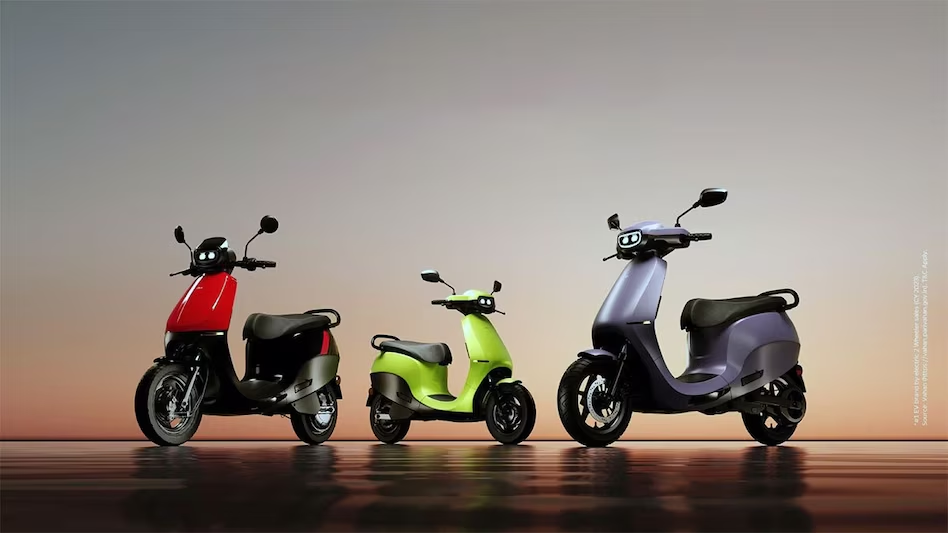Axiom 4 Space Mission: Shubhanshu Shukla Becomes India’s New Star in Orbit
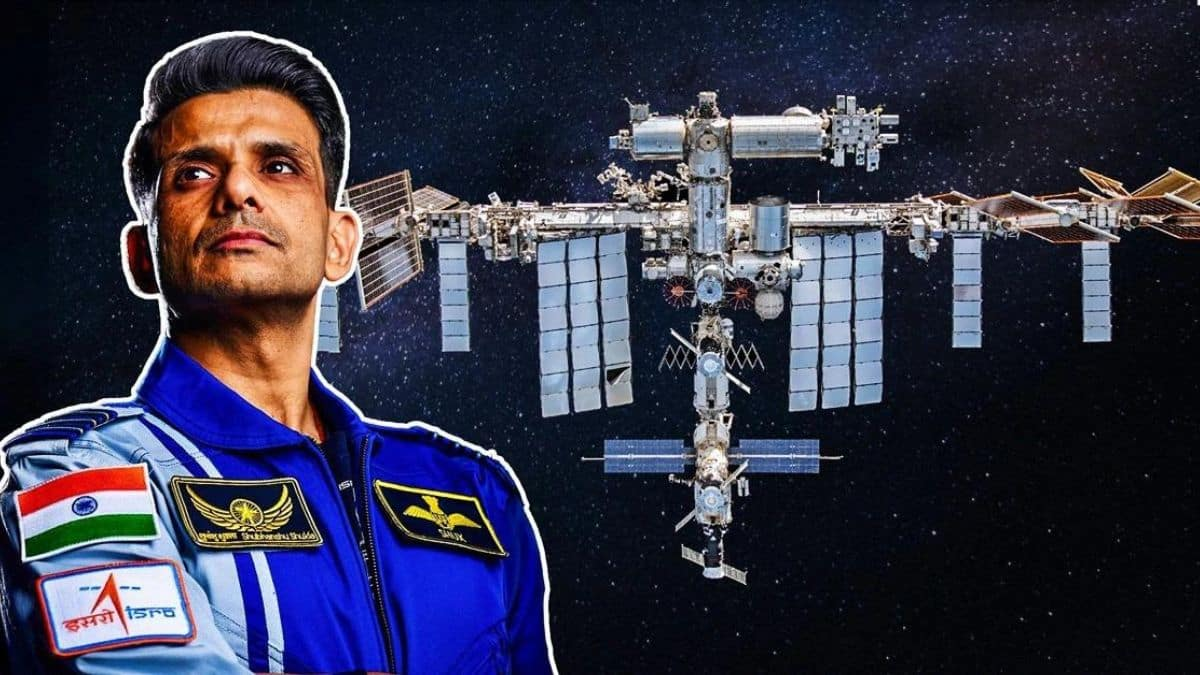
Just minutes after liftoff, SpaceX’s Falcon 9 touched back down on Earth while the Crew Dragon capsule continued its 28-hour voyage to the International Space Station—with Indian Air Force Group Captain Shubhanshu Shukla making history aboard.
A Triumph After Delays: Axiom Mission 4 Finally Lifts Off
After enduring six prior delays and almost facing a seventh due to a last-minute software hiccup, Axiom Mission 4 (Ax-4) finally took flight. The countdown reached zero just after 12:01 pm IST, and with a thunderous roar from nine powerful Merlin engines, the SpaceX Falcon 9 launched into the Florida sky.
From Launch Complex 39A at NASA’s Kennedy Space Center—the same legendary site where Neil Armstrong began his journey to the Moon—history was rewritten once again.
Among the crew was Group Captain Shubhanshu Shukla, the second Indian ever to venture into space, following in the footsteps of Rakesh Sharma. As the rocket disappeared into the heavens, India cheered on its newest space pioneer.
Shubhanshu Shukla: India’s New Star in the Cosmos
As the Crew Dragon capsule separated and began its journey toward the International Space Station (ISS), Shukla made a proud declaration:
“We are orbiting the Earth. This is the start of India’s human space program. Jai Hind, Jai Bharat.”
This powerful statement instantly resonated across the nation, symbolizing a new era in Indian space exploration. Shukla’s presence aboard the mission is a significant milestone, particularly with ISRO’s Gaganyaan mission on the horizon.
What Is Axiom Mission 4?
Axiom Mission 4, also known as Ax-4, is a private crewed mission to the ISS, organized by Axiom Space in collaboration with NASA and SpaceX. The mission’s goal is multifaceted:
- Support international partnerships in space
- Conduct over 60 scientific experiments
- Promote future commercial activities in low Earth orbit
With astronauts from the United States, Hungary, Poland, and India, Ax-4 is a symbol of international unity, scientific progress, and the future of space commercialization.
The Software Glitch That Nearly Delayed History
Everything seemed ready until a software issue blocked the upload of critical weather data to the rocket’s system—threatening yet another delay.
Thankfully, mission control resolved the issue just minutes before launch, saving the timeline. Such last-minute tension underscored the razor-thin margins within which spaceflight operates.
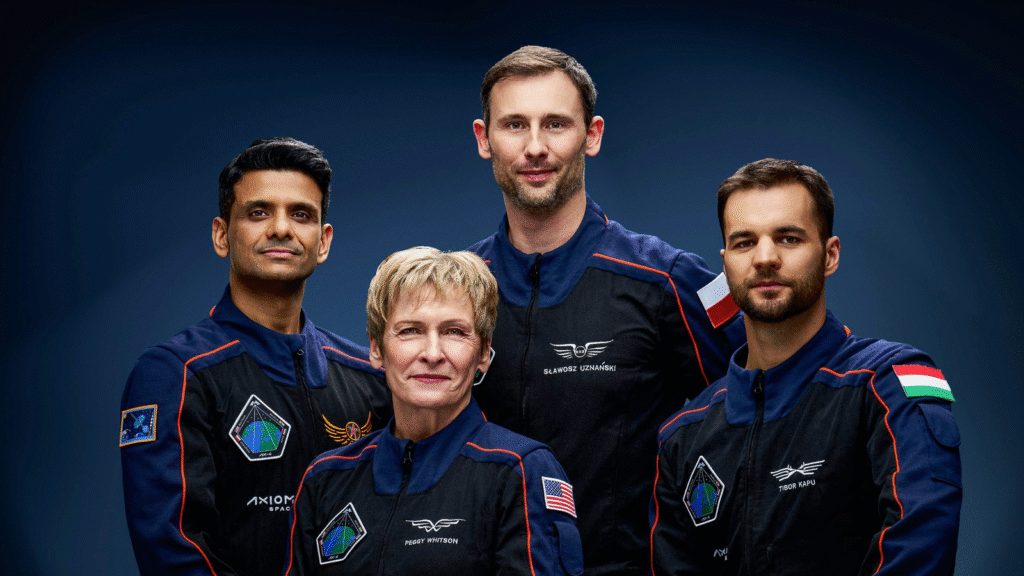
Falcon 9: SpaceX’s Workhorse and Marvel of Engineering
The Falcon 9 rocket used in Axiom Mission 4 is a two-stage, reusable launch vehicle developed by SpaceX.
Key Features of Falcon 9:
- Reusable First Stage: Reduces the cost of space missions by reusing the booster
- Nine Merlin Engines: Provide massive thrust using kerosene and liquid oxygen
- Precision Landing: Returns safely to Earth for reuse
Within 8 minutes of liftoff, the first stage of Falcon 9 detached from the capsule and executed a flawless landing back on Earth. This marked the 451st successful booster landing by SpaceX—a stunning display of reusable rocketry.
Scientific Ambitions: 60 Experiments, 7 From India
During the 14-day mission, the crew will carry out 60 cutting-edge scientific experiments aboard the ISS, covering areas like:
- Microgravity research
- Advanced medicine
- Space biology
- Physics and chemistry in space
Among these, seven experiments were proposed by Indian institutions, further strengthening India’s scientific footprint on the global space stage.
The Journey to ISS: 28 Hours in Space
The Crew Dragon capsule, named Freedom, is currently on a 28-hour voyage to the ISS. The station orbits about 400 km (250 miles) above the Earth, moving at 28,000 km/h.
As the capsule floats silently through the vacuum of space, the four astronauts are beginning to adjust to zero gravity and preparing for docking procedures with the ISS.
The Crew of Axiom Mission 4
Alongside Shukla, the Ax-4 mission features:
- Michael López-Alegría (Commander) – A veteran NASA astronaut and VP at Axiom Space
- Walter Villadei (Italy) – Representing the Italian Air Force
- Alper Gezeravcı (Turkey) – Turkey’s first astronaut
- Group Captain Shubhanshu Shukla (India) – Test pilot, engineer, and now, history maker
Each brings a unique background, making the Ax-4 mission a rich blend of talent and experience.
🇮🇳 Shubhanshu Shukla’s Journey to the Stars
A highly decorated test pilot in the Indian Air Force, Shukla was selected after an intense international screening process. With over 2,000 hours of flight time, he exemplifies the perfect blend of technical expertise, mental resilience, and patriotic spirit.
His participation on a U.S.-based commercial flight reflects a bold new future for Indian astronauts—not just as passengers on government missions, but as global collaborators.
About Crew Dragon: The Space Taxi of the Future
SpaceX’s Crew Dragon is a fully autonomous, human-rated spacecraft designed for low Earth orbit missions. It’s equipped with:
- Touchscreen control panels
- Environmental control systems
- Emergency abort capabilities
- Autonomous docking system
The capsule remains docked at the ISS during the mission and will later return the astronauts safely back to Earth.
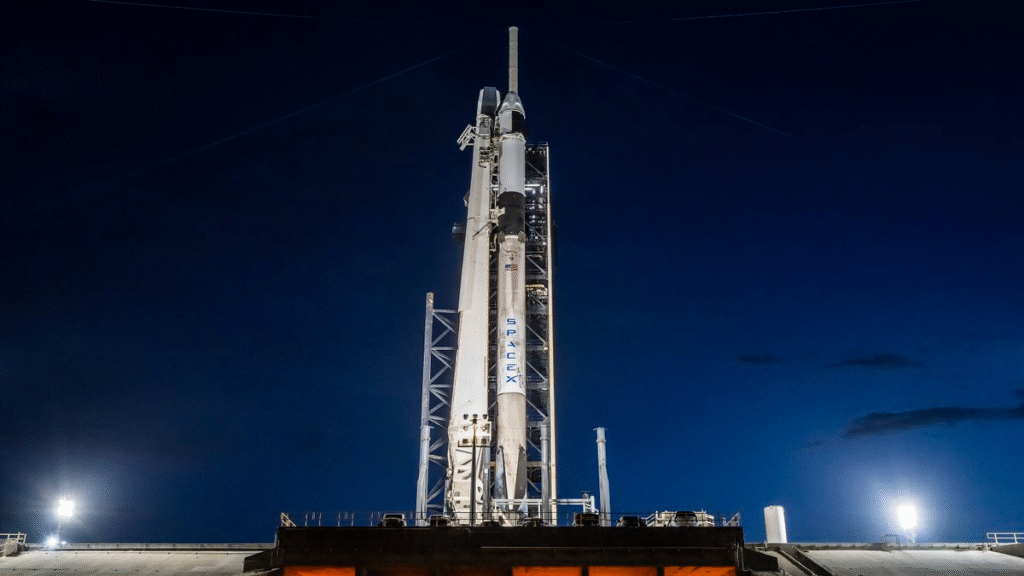
What’s Next After Docking?
Once docked, the astronauts will:
- Transfer critical cargo to the station
- Set up equipment for their experiments
- Collaborate with ISS crew members on joint research
- Participate in educational outreach with students back on Earth
After completing their 14-day stay, Crew Dragon will undock and return to Earth via parachute-assisted splashdown.
A Giant Leap for India’s Human Spaceflight Program
While this was a U.S.-led mission, Shubhanshu Shukla’s involvement represents a strategic leap for India’s ambitions in space. It sets the stage for:
- ISRO’s upcoming Gaganyaan human spaceflight mission
- Stronger collaborations with NASA, ESA, and private companies
- Inspiring a new generation of Indian scientists and engineers
India is no longer a spectator in the global space race. With Shukla’s flight, it is now an active and respected participant.
Voices from Around the World
Prime Minister Narendra Modi:
“India is proud of Group Captain Shukla. This moment echoes Rakesh Sharma’s flight decades ago. The sky is no longer the limit.”
Elon Musk (via X):
“Welcome to the stars, Captain Shukla. Space is for everyone.”
Axiom Space:
“This mission is a shining example of what global partnerships in space can achieve.”
Watch the Highlights
For those who missed the live broadcast, SpaceX has shared high-definition footage of the launch, booster landing, and capsule separation. The visuals are nothing short of breathtaking and worth every second of replay.
Read More: SBI CBO Recruitment 2025: 2,600 Officer Vacancies Open – Apply Now!
Conclusion
The successful launch of Axiom Mission 4, the rapid return of Falcon 9, and the celestial voyage of Group Captain Shubhanshu Shukla represent more than just engineering brilliance—they symbolize human aspiration, global unity, and the unrelenting pursuit of knowledge.
India’s second man in space isn’t just orbiting the planet; he’s inspiring billions of hearts on Earth.


